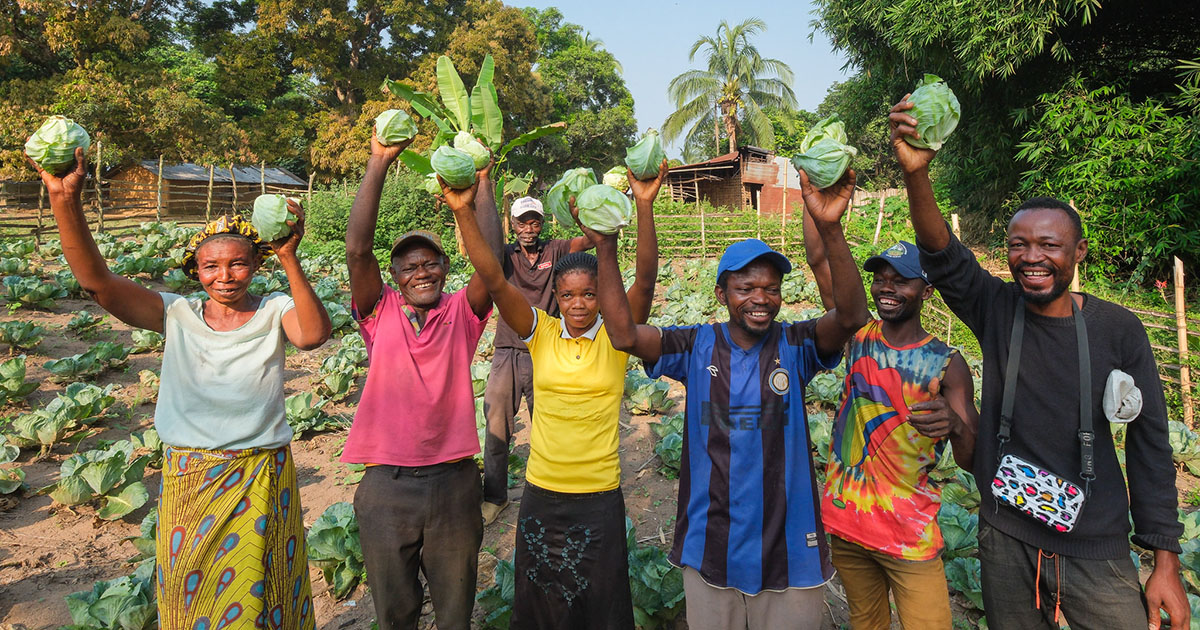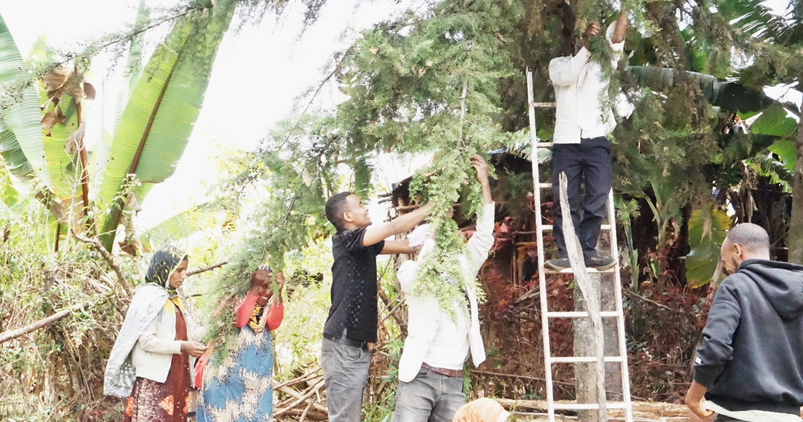Forest and land fires are a recurrent phenomena in Indonesia and little progress has been made in reducing their occurrence. The mineral and peat fire in 2015 burnt 2.6 million hectares, mostly in the provinces of Riau, South Sumatra, Jambi, Central Kalimantan, West Kalimantan and Papua, and costed USD16.1 billion as estimated by the World Bank in 2015. Although only 30% of the fire was on peatland area, it had a much higher impact than that on mineral land because of its fire density. Fires in Indonesia are caused by human both individually or collectively. Indonesian President Joko Widodo has committed to reducing fire during his term of office. Government actions have focused on fire suppression, biophysical and technological issues such as canal blocking and an early warning system. Significant actions on the underlying causes of fires such as providing economy incentives for land preparation without burning are rare. We conducted a political economy study of fire and haze to provide policy makers with an understanding of the economic, social and political causes of forest and land fires. The study focused on four districts in Riau Province, which experienced fires and forest transition to palm oil plantations. We collected social, policy and economy data from survey in ex post fire sites and carried out focus group discussions with the key stakeholders. We implemented value chain and social network analyses to the collected data. We found a diversity of actors were involved and gaining benefits from fires. We found that farmer group organizers obtained enormous benefits, as much as USD486 per hectare. These actors influence decision-making processes through their patronage network for their own interests. The networks provide power, support, protection and access to various resources. To effectively reduce fire, governments need to disempower these farmer group organizers through law and policy.
DOI:
https://doi.org/10.1016/j.forpol.2017.01.001
Dimensions Citation Count:
























